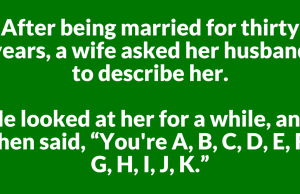Scientists discovered a way to read people’s dreams. They then made them into a video so they could watch them back.
MRI scans was used by researchers in Japan to reveal the images that people were seeing as they entered into an early stage of sleep and, writing in the journal Science in 2013, reported they could do it with 60 per cent accuracy.
“I had a strong belief that dream decoding should be possible at least for particular aspects of dreaming… I was not very surprised by the results, but excited.”, professor Yukiyasu Kamitani, from the ATR Computational Neuroscience Laboratories, in Kyoto, said.
The study took three participants and monitored their brain activity during sleep.
Just as the participants started to fall asleep inside the scanners, they were woken up and asked what they had seen.

Each image mentioned, from bronze statues to keys and ice picks, was noted, no matter how surreal.
After that, the process was repeated more than 200 times for each volunteer to build up a thorough picture of their dreams.
The results were then used to build a database where scientists grouped together objects into similar visual categories.
Scientists then scanned the participants again, but this time, while they were awake and looking at images on a computer screen.

By doing this they were able to see patterns of brain activity that correlated with the visual imagery.
During the next round of sleep tests, by monitoring the brain scans the researchers could tell what the volunteers were seeing in their dreams and were able to assess which category the images were in with 60 per cent accuracy.
“We were able to reveal dream content from brain activity during sleep, which was consistent with the subjects’ verbal reports.”,Professor Kamitani said.
Cognitive neuroscientist from the University of Oxford, Dr Mark Stokes, said it was an “exciting” piece of research that brought us closer to the concept of dream-reading machines. “

While it’s obviously a long way off, there is no reason why not in principle. The difficult thing is to work out the systematic mapping between the brain activity and the phenomena,” he explained.
Stokes cautioned that a single dream-reading system would not work for everyone, as the process would need to be followed with “individual subjects.”
“So you would never be able build a general classifier that could read anybody’s dreams. They will all be idiosyncratic to the individual, so the brain activity will never be general across subjects,” he said.
“You would never be able to build something that could read other people’s thoughts without them knowing about it, for example.”

















